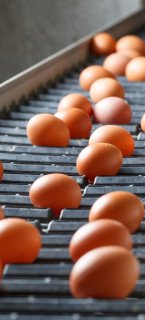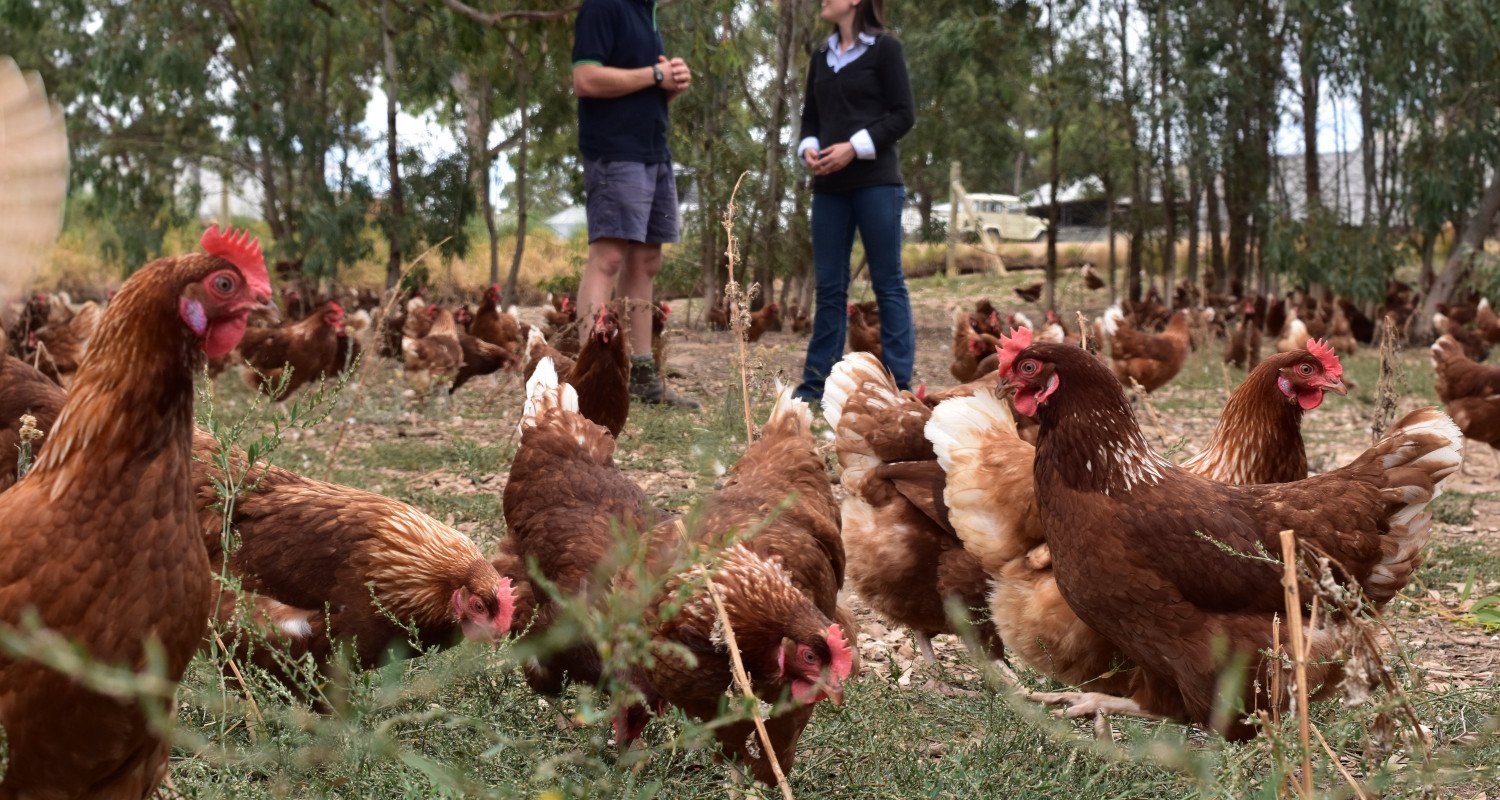
New emission calculator to help Australian egg farmers reduce their carbon footprint
New emission calculator to help Australian egg farmers reduce their carbon footprint
- Publication
- Reading time 3 minutes

- The new emissions calculator will help producers understand their baseline carbon footprint and GHG emissions to help them reduce environmental impacts
- 18.9-million eggs are consumed across Australia every day
- The Australian egg industry already has the lowest carbon footprint of any animal-based protein
- Almost 70% of Australians agree that the industry has a lower impact on the environment than other industries
Australian egg farmers will now be able to assess their on-farm carbon emissions, and explore alternate reduction pathways with a new emissions calculator launched by leading research and development organisation for the industry, Australian Eggs.
It follows a recent carbon footprint study of the Australian egg industry commissioned by Australian Eggs. The study aimed to assess the emissions and climate impact of the Australian egg industry for all production systems across the supply chain, establish industry benchmarks, and identify opportunities for emission reduction.
Australian Eggs Managing Director, Rowan McMonnies, says as the Australian egg industry continues to grow, further efforts will be needed to minimise environmental impacts.
“We know from our annual Sustainability Framework Community Survey that environmental outcomes are one of the key drivers of community trust in the Australian egg industry, and that almost 70 percent of Australians agree that the industry has a lower impact on the environment than other animal protein industries,” he said.
“The roll out of solar energy, land management practices, range regeneration, waste management and increases in productivity have all contributed to a significant reduction in the industry’s carbon footprint.
“However, as the industry continues to grow, it is critical that we continually examine opportunities for emission reduction for the industry to reduce impacts over time.”
The study found that when compared to other animal-protein industries, egg production has one of the lowest carbon footprints, with significantly lower greenhouse gas emissions per kilogram than pork, lamb and beef.
The research also concluded that feed production represented 43 per cent of total industry carbon emissions, while grid supplied electricity consumption and farm operation processes like grading accounted for 19 percent of total emissions.
Head researcher, Mary-Frances Copley says the study also explored effective mitigation strategies.
“Currently, the most effective way to reduce environmental impacts associated with egg production is through formulating diets to reduce reliance on high environmental-impact feed commodities, such as South American soybean meal. Improved land management can also be an avenue to storing carbon on-farm,” she said.
“While this study has established industry benchmarks for GHG emissions, it has been a critical first step in establishing a dedicated carbon calculator for individual egg producers to utilize, so they have the ability to understand their own climate impacts.”
The emissions calculator will allow farmers to better understand farm performance, and identify opportunities for improvement, empowering them to aim for and achieve lower-emission production.
“The calculator has been specifically designed for egg production and allows egg farmers to monitor their on-farm emissions, as well as their off-farm emissions, with the overall objective of providing a baseline, that can be improved over time,” said Mr McMonnies.
The calculator will also measure the carbon footprint of the eggs produced on a particular farm to allow comparison with industry benchmarks and understand where impacts differ.
“This carbon tool can be used for rearing, cage, cage-free and free-range laying, feed milling, grading, composting and upstream feed production systems,” said Mr McMonnies.
“To use the calculator, producers will be required to provide production data, records of purchased inputs, such as grid electricity, litter and feed, as well as tree planting data and general farm information.”
For more information about the emissions calculator, visit the Australian Eggs website.
ENDS
Media enquiries
Maddie Kulk – Account Director, C7EVEN
M. 0402 586 384
E. [E-Mail not displayed]
 >
> 

